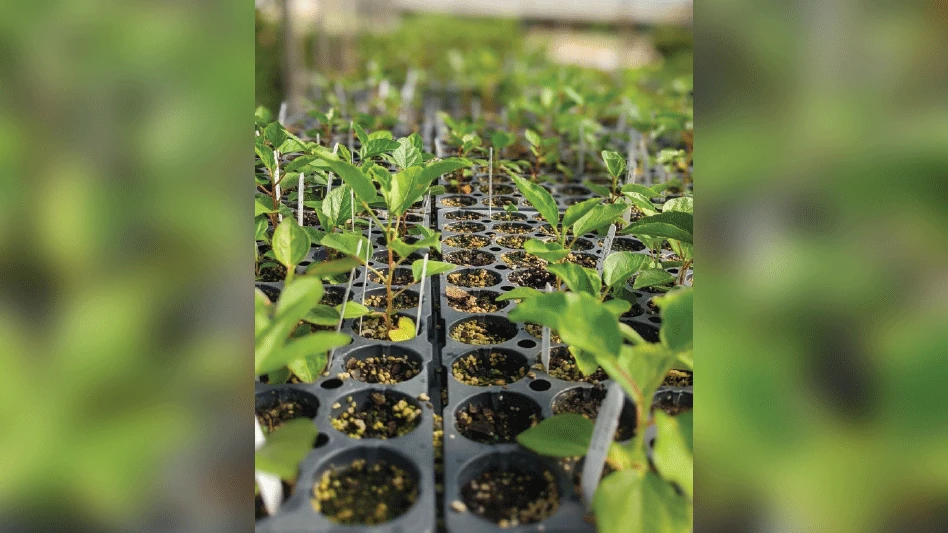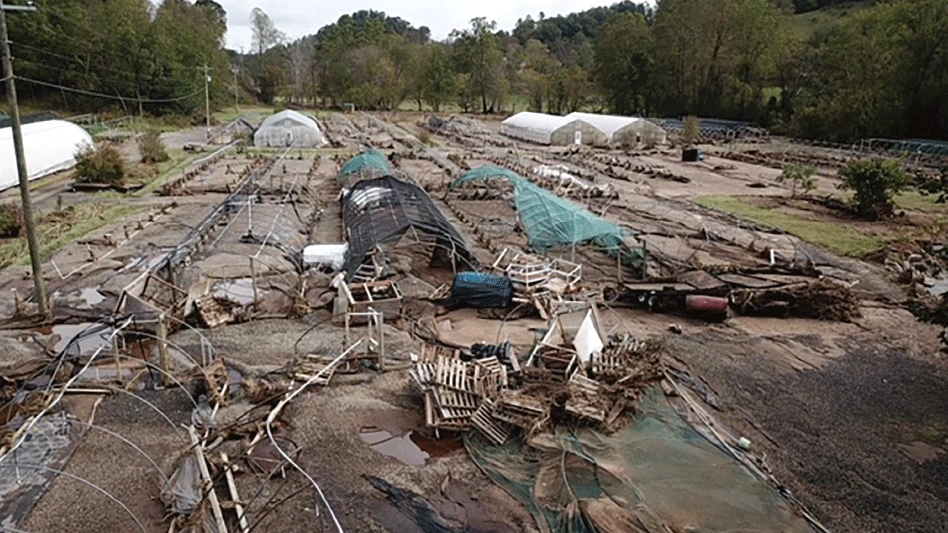It is more difficult for greenhouse growers to make money and stay in business. This dire statement is supported by statistics from the USDA’s National Agricultural Statistics Service Floriculture Crops Summary, which shows a 4-percent decline in the wholesale value of floriculture crops for 2006. Although there was a 1-percent increase in wholesale value in 2005, there was a 2-percent decline in 2004, and these figures are not adjusted for inflation.
{sidebar id=54}
For the fourth consecutive year, the number of growers declined, with a 9-percent reduction from 2005. The number of growers with sales of $100,000 and the overall production area were both down from 2005 by 5-percent.
Facing rising costs
In addition to a drop in consumer demand for domestic floriculture crops due to higher energy and food prices, many other factors contribute to this downward trend. A major problem is increased production costs, which make it difficult for growers to maintain profits without significantly increasing prices. Ever-rising fuel and energy costs increase greenhouse heating and cooling bills, as well as transportation costs. In addition, petroleum-based products such as plastics, shade cloth, fertilizers, pesticides and containers are also more expensive.
In
In the midst of one of the driest periods in recorded history,
Labor-related issues
In addition to production cost and supply issues, labor is a major problem. When Congress failed to pass immigration reform, states such as
Associated with labor availability are a host of other related issues, such as a labor housing shortages and increased cost of health insurance and other employee benefits. In addition, there are fewer students enrolled in horticulture programs to draw on as future employees for management positions, at a time when quality management is becoming increasingly important.
More difficult to compete
Growers are also challenged by foreign competition and big-box retailers. Foreign competitors are gobbling up markets because they can grow products cheaply due to lower labor and operating costs. As a result, from 1972 to 2006, the amount of flowers produced in the
Another issue is increasing environmental regulations, leading to higher operating costs and the movement of businesses to areas where regulations are not as restrictive. Greenhouses that located in urbanized areas are especially prone to scrutiny by regulators.
Incorporate better marketing strategies
The best strategy for addressing increasing production and operation costs is to increase consumer demand and sales through better marketing. It is important to review and adjust marketing strategies to accommodate industry changes.
For example, with the drastic shrinkage in wholesale markets due to foreign competition, some cut flower growers made the decision to switch their customer-base from wholesalers to mass markets. Although retail florists have faced severe competition from mass markets with well-stocked florist sections, cut flower growers have captured a niche by producing supermarket bouquets.
Smaller growers are often better off not trying to compete with suppliers offering inexpensive plant materials. They should stick with quality and service and educate potential customers as to why quality and service are important.
An approach for smaller growers is to produce specialty crops or value-added merchandise that set them apart from the imports or big-box products. Another approach that has been successful for some small growers is brokering plants to consolidate for special projects. Large wholesalers and contractors don’t want to take the time to find unusual plants for special jobs. Offering one-stop shopping of hard-to-find plant materials can provide a service for an untapped market.
Market going green
A number of approaches can be used to comply with increased environmental regulations, while at the same time working to cut production costs. Implementation of integrated pest management practices and judicious use of fertilizers and water is not only kind to the environment but is also kind to the pocketbook. Investing in systems to capture and reuse water eliminates problems associated with runoff, demonstrates stewardship and can result in significant savings in water and fertilizers.
If increased transportation costs are a detriment to your business, investigate expansion of regional markets. Local markets reduce your carbon footprint, which can be a merchandising angle. Combat increasing energy costs by using renewable energy sources such as wind-, solar- or geothermal-power-generated electricity, and let customers know about your energy consciousness.
A trend that some growers are following reflects growing sales in the health food industry. Customers are paying more for organic food and for products produced in an environmentally friendly way, and they will likely do the same for greenhouse crops. This includes not only growing certified organic but also using “best practices” certified by an independent agency.
Some growers are using an eco-label program called VeriFlora. In
{sidebar id=1}
- Julie Newman
Get curated news on YOUR industry.
Enter your email to receive our newsletters.Latest from Nursery Management
- November issue recap
- Trump threatens 25% tariffs on Mexico and Canada in move that could hurt horticulture
- Hold the line!
- Meet the All-America Selections AAS winners for 2025
- Exacto announces David Hollinrake as CEO
- AmericanHort accepting applications for HortScholars program at Cultivate'25
- BioWorks hires Curt Granger as business development manager for specialty agriculture
- 2025 Farwest Show booth applications now open







